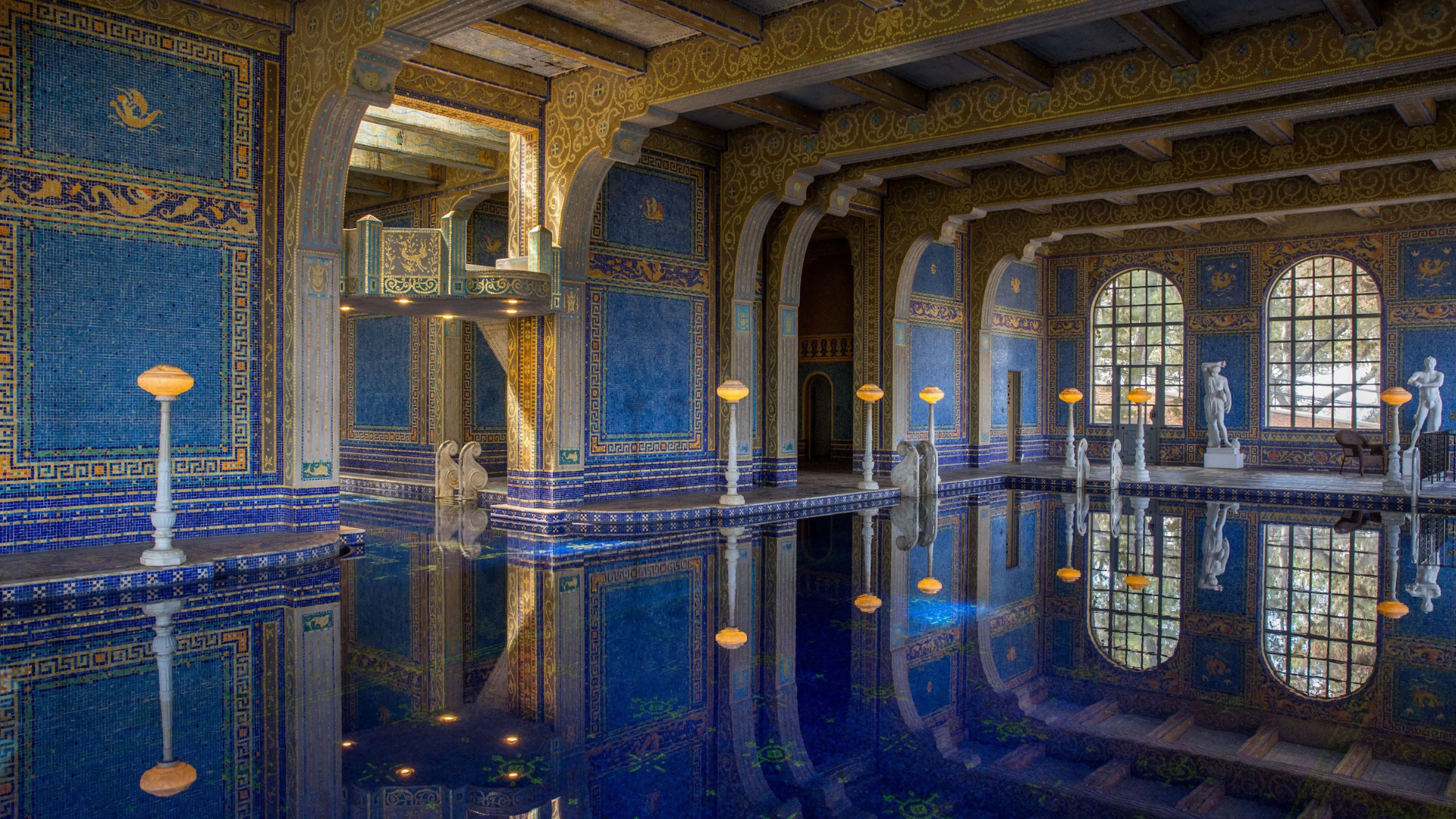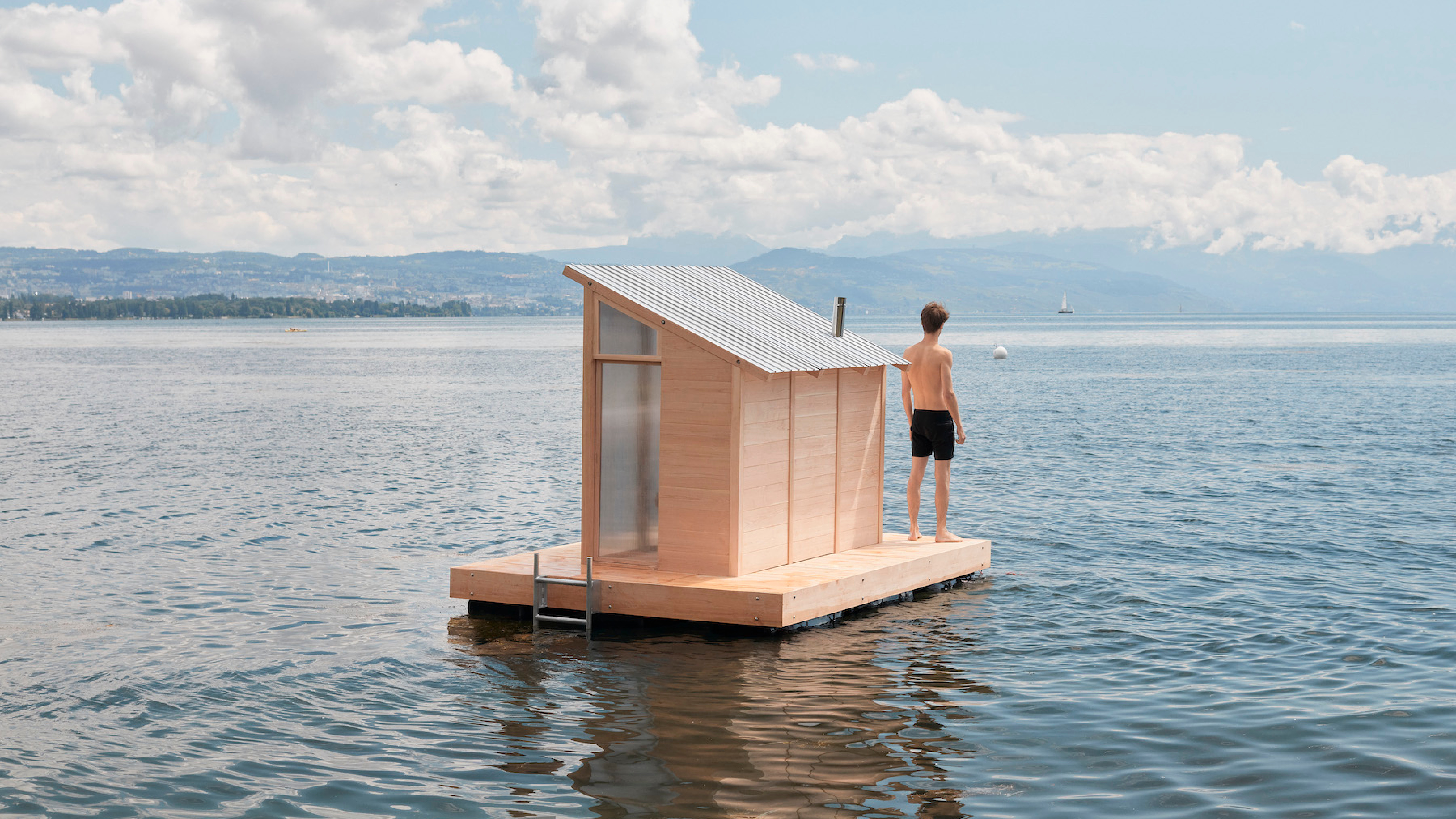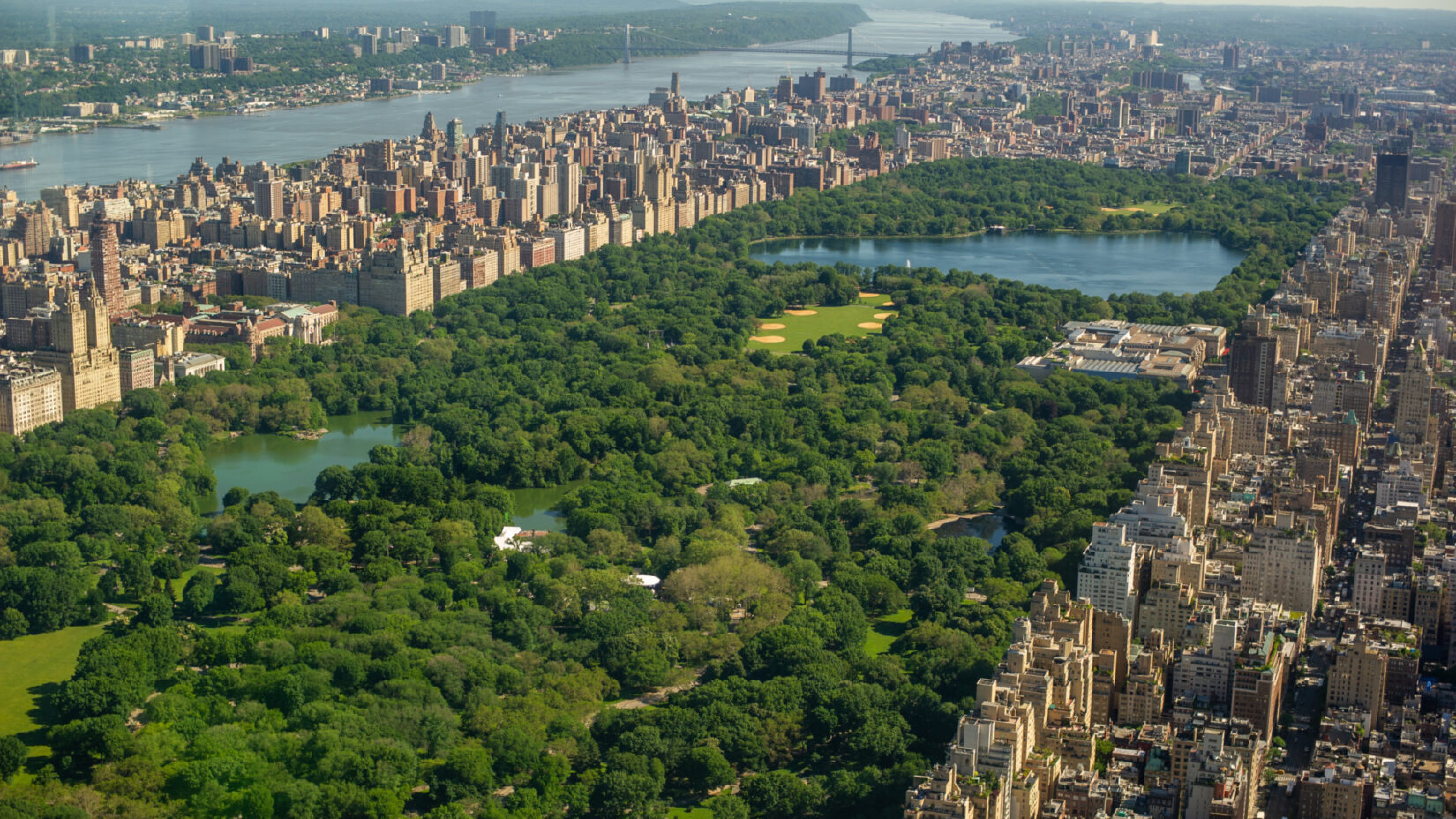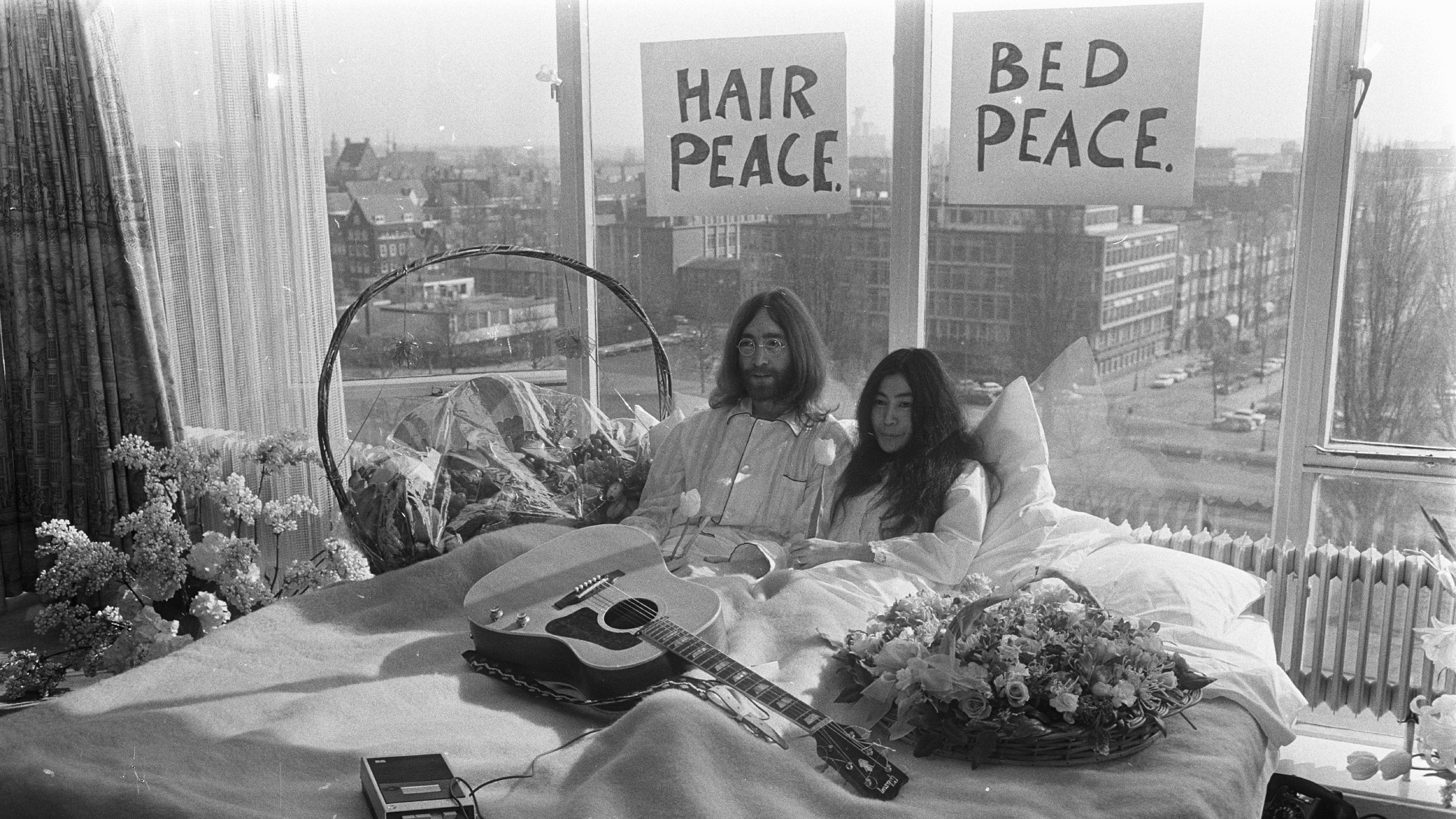Spaces is an exercise in curiosity about communal living and domestic activity. Each week we’ll select a Nation amenity and explore some of our other favourites from around the world, often drawn from fiction and throughout time. This week we’re taking a splash in the pool.
The First Pool
The first known public swimming pool dates to the ancient city of Mohenjo-daro, located in present-day Pakistan. Archaeological evidence suggests that this ancient pool, dating around 2600 BCE, served as a communal bathhouse, showcasing a sophisticated understanding of water management and hygiene in the ancient world. The Great Bath of Mohenjo-daro was a large rectangular structure made of tightly fitted bricks, lined with a thick layer of bitumen to ensure waterproofing. Steps on either side allowed bathers to descend into the pool. It is believed that the Great Bath had both ceremonial and practical purposes, possibly serving as a place for ritualistic cleansing, communal bathing, and social interaction. While other ancient cultures also had bathing traditions, the Great Bath stands out as one of the earliest examples of a public pool designed for community use.
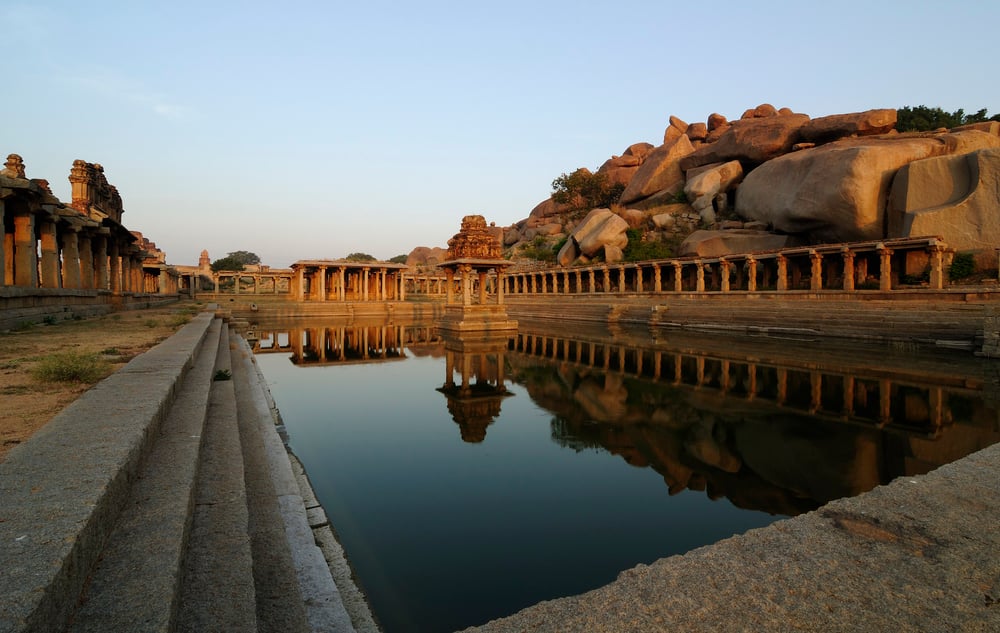
Hampi Ruins
The Pushkaranis, also known as stepped tanks, are a distinctive feature among the ancient ruins of Hampi, reflecting the advanced water management systems of the Vijayanagara Empire. These elaborate tanks served both practical and ritualistic purposes in the city. Constructed with precision and adorned with intricate carvings, the Pushkaranis were designed to store and manage water for various needs, ensuring a steady supply for the city's residents. The tanks also played a crucial role in religious ceremonies, where ritual purification through bathing was an integral part of the worship practices in Hinduism.
Pompeii Public Pools
In ancient Pompeii, the public baths, known as thermae, were an integral part of daily life, fostering social interactions and providing a space for hygiene. These communal facilities included pools of various temperatures, making them essential in the hot Italian climate. While not exclusively "public pools" in the modern sense, they served a similar purpose, promoting cleanliness and leisure. The water in these pools was supplied by aqueducts and heated using a sophisticated system of furnaces, ensuring a comfortable bathing experience. These baths showcased exquisite mosaic decorations and frescoes, creating a visually stunning environment. Pompeii's public pools were not only places for physical well-being but also social hubs, where people from various walks of life could come together, fostering a sense of community.
Hearst Mansion Pool
The Hearst Castle, also known as Hearst Castle or the Hearst Mansion, is a magnificent estate built by newspaper magnate (and subject of the film Citizen Kane) William Randolph Hearst atop the hills of San Simeon, California. While the estate itself is a marvel of architecture and opulence, it does not have a conventional swimming pool. Instead, it boasts the famous Neptune Pool, a colossal outdoor pool surrounded by classical Roman-style columns and adorned with ancient Greek and Roman statues. The Neptune Pool at Hearst Castle is an extravagant display of wealth and artistry, reflecting Hearst's penchant for collecting antiquities. The pool's grandeur is enhanced by its location, offering breathtaking views of the surrounding landscape and the Pacific Ocean in the distance. The entire estate is a showcase of Hearst's eclectic taste, featuring a mix of architectural styles, lush gardens, and priceless art and artifacts.
The Cocoon Pool
Released in 1985 and directed by Ron Howard, "Cocoon" revolves around a group of retirees who discover a secret pool containing alien cocoons with rejuvenating powers. This extraordinary pool, hidden in a deserted mansion, becomes the source of newfound vitality for the group. As they swim in the pool, they experience a remarkable restoration of their youth and vigor. The water possesses unique life-giving properties that extend their lives and grant them a second chance at reliving their prime years.
Presented as ethereal and otherworldly, the pool symbolises the desire for eternal youth and the pursuit of a fulfilling life, transcending the limitations of age. Its discovery introduces a sense of wonder and magic, prompting the characters to confront existential questions about life, aging, and the choices they have made. The pool becomes a metaphor for the rejuvenating power of human connections and the transformative potential of embracing the unknown.
Last year, the home and pool was listed on the market, putting this enchanted piece of movie memorabilia up for grabs.
